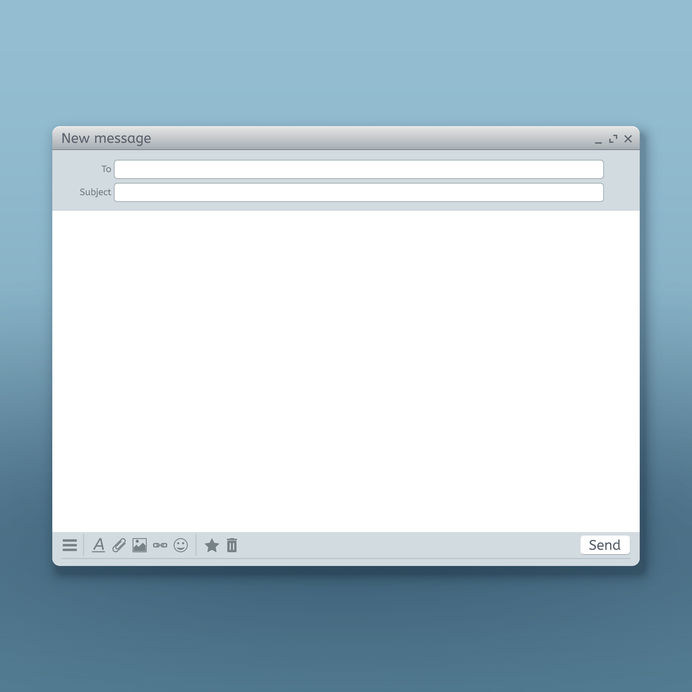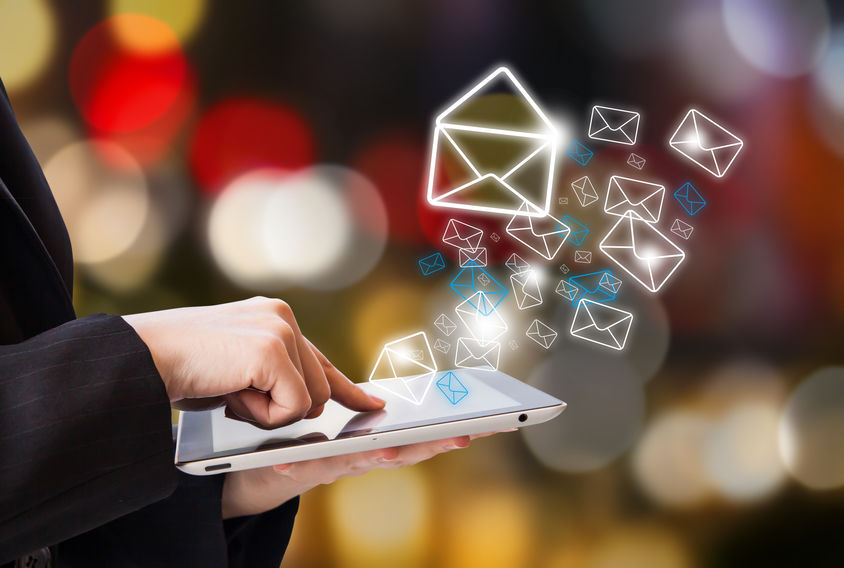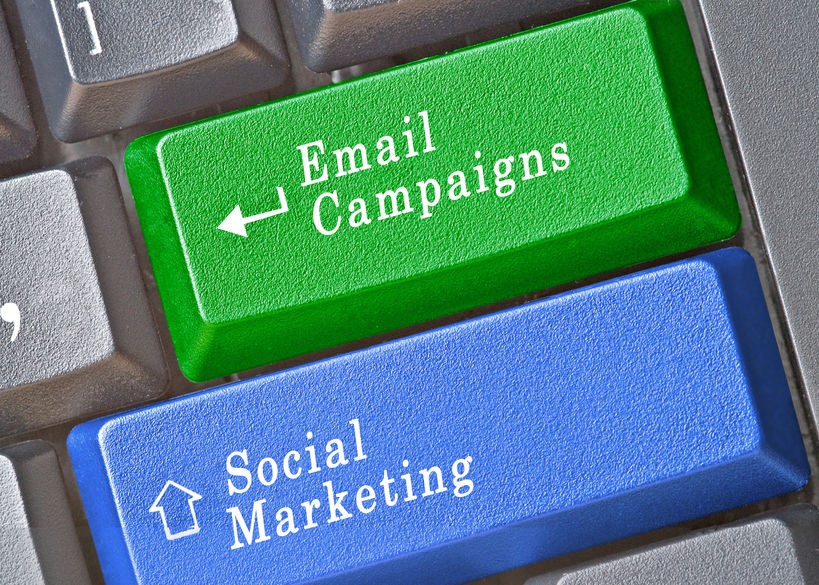
Email is still king when it comes to B2B communications. As such, marketers continually strive to optimize content, design and response rates. Here’s a case where the total (value) is equal to more than the sum of its parts. At the same time, it’s important to break down email components and address each one separately to generate the “perfect” email. Consider these eight categories as you create your email template.
To
It is essential to maintain a current and relevant email list for email campaigns, including newsletters, press releases, new product or service announcements, special offers or other forms of communications. Use segmented lists to send relevant content to various audiences or nurture qualified leads. Email databases naturally decrease by about 22 percent each year, so develop a strategy to continually grow your list. Take the time to review bounced email addresses and update contact information whenever possible.
From
The individual or group associated with your sender address is more important than you think. For example, a sender with a first and last name can garner an increase in click rate versus a sender with just a first name. A newsletter from a general company address can help increase brand awareness. Overall, we recommend testing what makes sense for your outreach and audience.
Date
What time you send an email will have an impact on its likelihood to be read. For example, emails sent earlier in the day, such as 6 or 7 a.m., have a greater response rate at around 45 percent. Consider the purpose of your email, the location of your recipients and ways to set your firm apart from the pack. Also consider frequency of contact when implementing email campaigns.
Subject Line
An engaging and compelling subject line can make or break an email. It needs to be informative and catchy, but leave enough unsaid so your recipient will click in to learn more. Experiment with statistics, questions or calls to action. If possible, personalize the subject line with the recipient’s name or company name. The subject line is a small but important space to get creative.

Greeting
There have been many studies that test the best ways to start an email. Does “Hi” or “Hello” perform better? Should you use the recipient’s first name or full name? The short answer is, “it depends.” Considerations include the purpose of your email, your company’s brand and voice, and the email recipient. Test what works with your audiences and adjust accordingly. While it may not always be possible to know each recipient on your email list personally, leverage any touch points or opportunities to individualize your greeting to establish your connection.
Body Content
The first step to developing email content is to determine its purpose. Do you want to persuade, teach, inform or influence your audience? Develop content that creates an emotional connection. Craft messages that emphasize benefits, not features, and stay away from being overly self-promotional. Most studies recommend keeping emails short, readable and to the point. Link out from there if more information is necessary.
Link/Call to Action
One of the most essential elements to an email is a call to action that encourages the reader to take a next step, whether it is to seek additional information, download a white paper, contact a representative or make a purchase. There are many best practices to abide by when it comes to a call to action including graphics, placement, wording and other options. In any case, make it clear, simple and relevant.
Closing
Your closing, just like your greeting, will have a subtle but important impact on how your email is perceived and how the reader reacts. While your closing may differ depending on the goal of your email or your relationship with the recipient, in general, keep it short, professional and end with gratitude.
Begin With the End in Mind

These eight elements build the essentials for any email template, but the thread that ties them all together is a clearly defined purpose. With your goal and audience in mind, you’ll be able to identify the drive behind each of these elements easily. From there, measure engagement, test alternative tactics and continue to adapt to develop the most effective marketing emails.
